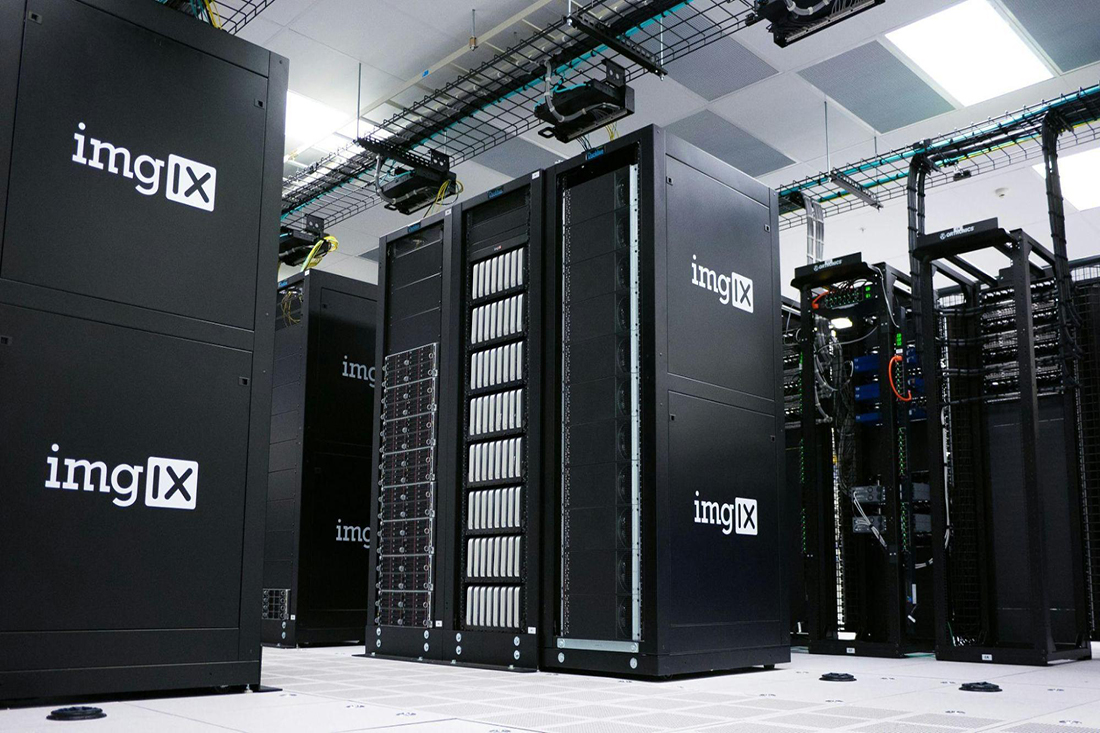The advancement of digital technologies has brought many opportunities and challenges for the energy sector. As industries increasingly rely on data-driven solutions, the electricity demand continues to rise. This surge has placed significant pressure on traditional power grids. The grids then struggle to accommodate the dynamic energy needs of modern infrastructure.
The ProLift Rigging Company shares how important data centers are, the challenges they face and rising solutions. As the cornerstone of the digital economy, data centers have become integral to daily operations. These data centers, however, come with steep energy requirements. In response, innovations in grid modernization, energy storage and renewable energy integration are reshaping the landscape.
In light of the need for a sustainable energy future, collaboration among stakeholders remains crucial. This collaboration ensures resilience and efficiency in the face of growing demand. By aligning technological advancements with environmental goals, the energy ecosystem is evolving. In this way, it can support the digital-first world as it expands, without compromising sustainability.
A Look at Rising Energy Demands in a Digital-First Era
In today’s interconnected world, data centers are at the heart of the digital revolution. They support everything from video streaming to cloud storage. The expansion of AI-driven technologies and reliance on digital services have escalated the demand for energy-intensive infrastructure. This growth has strained aging power grids that cannot keep pace with such exponential energy consumption.
As the digital economy expands, balancing energy efficiency and capacity has become a key challenge for modern power grids. Increasing urbanization and energy-hungry technologies (like blockchain and IoT) further heighten the need to address these challenges.
The Importance of Data Centers: Pillars of the Digital Economy
Data centers form the backbone of the digital age. They allow access to services like online banking, telemedicine and global e-commerce platforms. These facilities process and store vast volumes of information to allow operation of everything from social media networks to enterprise solutions. However, this pivotal role comes with a steep energy cost. Maintaining servers, cooling systems and backup power solutions requires constant electricity.
Operating data centers at scale involves unique challenges related to energy efficiency. Major companies in the tech sector are working toward reducing their environmental impact. They are looking to innovations in sustainable operations that will still meet the demands of the digital economy. They are also using advanced cooling technologies and renewable energy integration to offset their carbon footprint.
Yet the energy-intensive nature of these hubs underscores the need for modernized grids capable of handling such concentrated power loads. This push for sustainability also drives innovation in energy management, such as liquid cooling and AI-driven energy optimization.
Challenges Facing Traditional Power Grids
Traditional power grids are struggling to meet the demands of an evolving digital-first world. Initially built for predictable energy consumption patterns, these grids are now tasked with much more. They are supporting dynamic and unpredictable spikes in energy demand from data centers and other industries. This mismatch has led to numerous challenges. These include inefficiencies, outages and increased vulnerability to disruptions caused by extreme weather or cyberattacks.
Adapting renewable energy to traditional grids adds another layer of complexity. Wind and solar power, while sustainable, are inherently intermittent. This would require grids to manage fluctuating energy supplies in real time.
Without upgrades such as energy storage systems and more innovative distribution networks, these grids risk being overwhelmed by rising energy needs. Growing reliance on data and connectivity has made power grid modernization a cornerstone of progress in the digital economy. Improving collaboration between public utilities and private innovators plays an important role in helping to achieve this.
Innovations Driving Grid Modernization
The shift toward modern energy systems is being driven by groundbreaking advancements. These include smart grids, which use real-time data to optimize energy distribution and reduce waste. These networks can predict surges in energy demand and redirect power efficiently. As a result, this minimizes strain on older infrastructures. Technologies such as AI and IoT are essential here. They enable predictive maintenance and improve grid resilience against unforeseen disruptions.
Energy storage solutions, such as large-scale battery systems, have also emerged as key components of grid modernization. By storing surplus energy generated during off-peak hours, these systems ensure a steady power supply. This is available even when renewable sources like wind or solar are unavailable in real time. Innovations like this bridge the gap between fluctuating energy production and the consistent demands of data centers and other industries.
Emerging technologies in hydrogen storage and thermal batteries are further expanding the possibilities for energy reliability.
Exploring Collaboration for a Sustainable Energy Future
Building a sustainable energy system requires a collaborative effort between governments, private companies and energy providers. Data center operators are partnering with renewable energy firms to reduce their carbon footprint. They are adopting solutions such as wind farms and solar arrays to power their operations. These initiatives lower emissions and stabilize grids by diversifying energy sources.
Public policies and incentives have further accelerated these efforts. They are encouraging investments in energy-efficient technologies and infrastructure upgrades. In regions where renewable energy adoption has surged, data centers have begun participating in demand response programs. These work by dynamically adjusting their energy usage to ease pressure on the grid. Such partnerships highlight the potential of collective action in addressing energy sustainability challenges. These collaborative strategies could help create a future where energy demands and environmental stewardship coexist.
Shaping a Resilient Energy Ecosystem
The future of energy lies in creating systems that can adapt to the growing digital economy without compromising environmental goals. By aligning the expansion of data centers with the modernization of power grids, industries can foster a more resilient and sustainable energy ecosystem. Innovations such as scalable infrastructure and renewable energy integration will also meet future demand and reduce reliance on fossil fuels.






